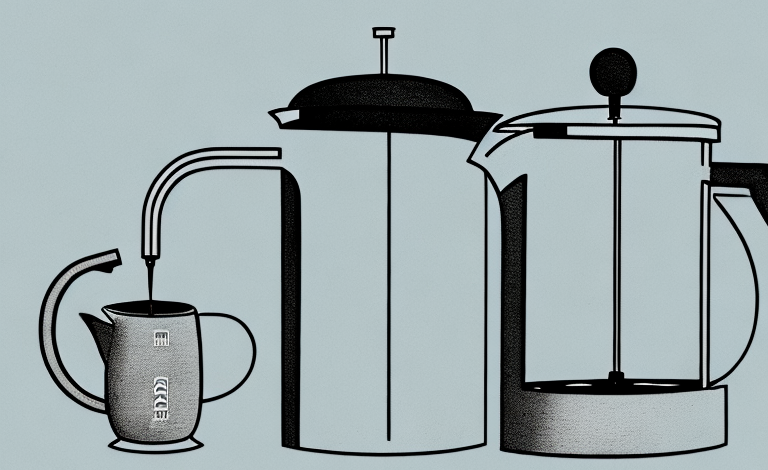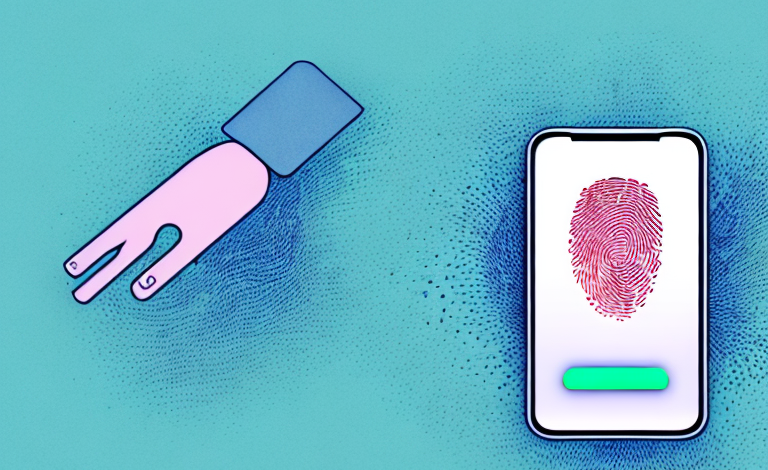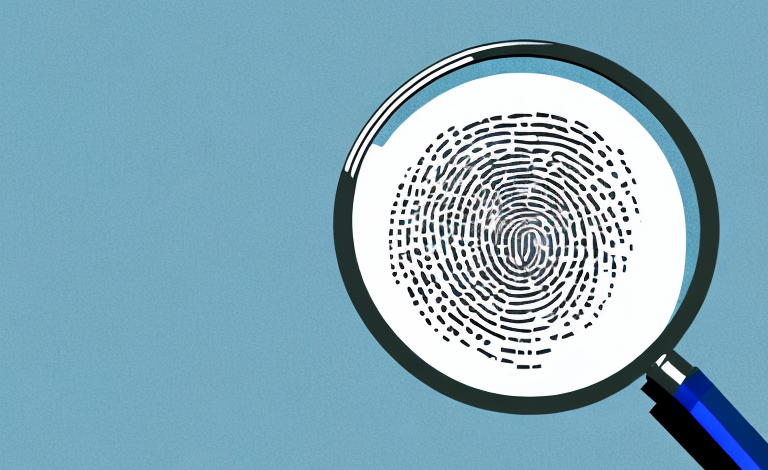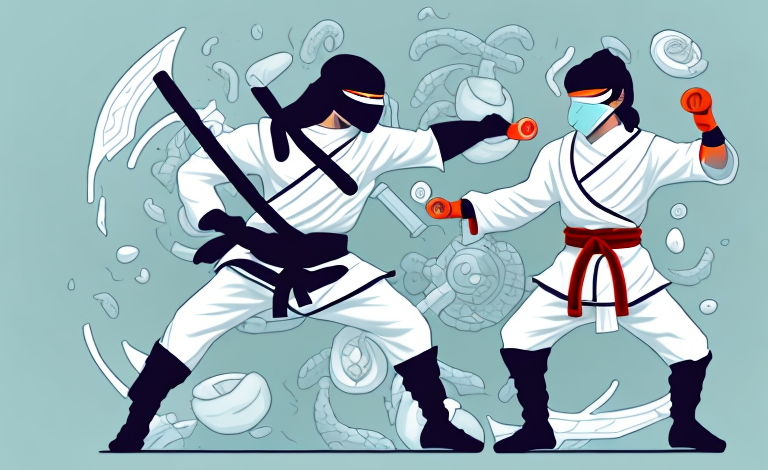Coffee is a popular drink worldwide, and there are various methods of brewing it that can affect the taste and quality of the coffee. Two of the most common brewing methods are drip coffee and French press. In this article, we will delve deep into the science behind coffee extraction and explore the differences between drip coffee and French press, and determine if one method truly tastes better than the other.
What is drip coffee and how is it made?
Drip coffee is a method of brewing coffee in which hot water passes through coffee grounds and a paper or metal filter, and drips into a carafe or mug below. The water is heated in a special machine that allows precise temperature control to ensure a proper extraction. The ground coffee is placed in a filter cone, and the hot water is poured over the grounds in a steady stream, creating a consistent and well-saturated bed of coffee. The resulting liquid is smooth, clean, and bright in flavor.
Drip coffee is a popular method of brewing coffee due to its simplicity and convenience. It is commonly used in households and offices, and can be found in most coffee shops. The process of making drip coffee is relatively quick, taking only a few minutes from start to finish.
One of the advantages of drip coffee is that it allows for customization of the brewing process. The amount of coffee grounds used, the water temperature, and the brewing time can all be adjusted to achieve the desired strength and flavor of the coffee. This makes drip coffee a versatile brewing method that can cater to different preferences and tastes.
What is French press coffee and how is it made?
French press coffee, also known as a press pot, plunger pot, or cafetière, is a method of brewing coffee in which coarsely ground coffee beans are steeped in hot water, then separated from the water by pressing a plunger with a metal filter down through the water. The coffee is brewed in an open, cylindrical pot with a plunger and a built-in metal filter. The water and coffee are combined, steeped for several minutes, and then the plunger is pushed down, separating the coffee grounds from the liquid. The resulting coffee is bold, rich, and full-bodied.
French press coffee is a popular brewing method among coffee enthusiasts because it allows for greater control over the brewing process. The coarsely ground coffee beans used in French press coffee are steeped in water for a longer period of time than in other brewing methods, which allows for a more complex and nuanced flavor profile. Additionally, the metal filter used in French press coffee allows for more of the coffee’s natural oils and flavors to be present in the final cup.
While French press coffee is relatively easy to make, it does require some attention to detail. The water used should be heated to the correct temperature (between 195-205°F) and the coffee-to-water ratio should be carefully measured to ensure the perfect balance of flavor. It’s also important to use freshly roasted coffee beans and to grind them just before brewing to ensure maximum freshness and flavor.
The science behind coffee extraction in drip vs. French press methods
The primary difference between these two methods is the way that the coffee is extracted. In drip coffee, the hot water slowly passes through the coffee grounds, extracting the coffee’s flavor compounds and oils. The paper or metal filter collects sediment and oils that can give the coffee a bitter taste. In contrast, French press allows the coffee grounds to steep in the water, which causes more flavor compounds and oils to be extracted. The resulting coffee is more robust, but also contains sediment and oils that can make the coffee taste bitter or gritty.
Another factor that affects the coffee extraction process is the grind size of the coffee beans. Drip coffee requires a medium grind size, while French press requires a coarser grind size. This is because the water passes through the coffee grounds in drip coffee, so a finer grind size would result in over-extraction and a bitter taste. In French press, the coffee grounds steep in the water, so a coarser grind size is needed to prevent the coffee from becoming too muddy or gritty.
Additionally, the temperature of the water used in the coffee extraction process can also impact the flavor of the coffee. The ideal temperature for drip coffee is between 195-205°F, while the ideal temperature for French press is slightly lower at 190-200°F. If the water is too hot, it can cause over-extraction and a burnt taste, while water that is too cool can result in under-extraction and a weak flavor.
Factors that affect the taste of drip coffee vs. French press
Factors such as the brewing time and temperature, the coarseness of the grind, the type of coffee beans used, and the type of filter used all play a role in the taste of drip coffee and French press coffee. The brewing time and temperature affect the way the coffee compounds are extracted from the beans, and the grind size affects how quickly the coffee is extracted. The type of coffee beans used and the type of filter used can also affect the overall flavor profile of the coffee.
Another factor that can affect the taste of drip coffee and French press coffee is the water quality. The minerals and chemicals present in the water can impact the flavor of the coffee. Hard water, for example, can make the coffee taste bitter, while soft water can result in a flat taste. It is important to use filtered or purified water to ensure the best possible taste.
The brewing method itself can also impact the taste of the coffee. French press coffee is brewed by steeping the coffee grounds in hot water, while drip coffee is brewed by passing hot water through the grounds. This difference in brewing method can result in a different taste profile. French press coffee tends to have a fuller body and a stronger flavor, while drip coffee is often lighter and more delicate in flavor.
Differences in the brewing time and temperature of drip coffee vs. French press
Drip coffee typically takes four to six minutes to brew, whereas French press coffee takes four to five minutes. Drip coffee is typically brewed at a temperature between 195 and 205 degrees Fahrenheit, while French press coffee is brewed with a water temperature between 200 and 205 degrees. The higher water temperature for French press coffee extraction helps to extract more flavor, but can also lead to bitterness if the brewing time is too long.
The impact of grind size on the taste of drip vs. French press coffee
The coarseness of the grind can also affect the taste of the coffee. In general, a coarser grind is used for French press coffee, while a finer grind is used for drip coffee. A coarse grind allows for a slower extraction, resulting in a bolder flavor profile. With drip coffee, the medium-fine grind allows for a quicker extraction, resulting in a brighter, cleaner flavor profile.
Pros and cons of using a paper filter in drip coffee vs. metal filter in French press
One of the main differences between drip coffee and French press coffee is the type of filter used. Drip coffee typically uses a paper filter that removes sediment and oils from the coffee, resulting in a cleaner taste. French press coffee uses a metal filter, which allows more oils and sediment to remain in the coffee, resulting in a bolder flavor but also containing these impurities. Using a paper filter removes some of the coffee compounds and oils, but also can remove some desirable flavors and aromas.
Taste test: comparing the flavor profiles of drip and French press coffee
To determine the taste differences, a blind taste test was conducted, using the same coffee beans and water in both a drip and French press method. Tasters noted that the drip coffee was bright and acidic, with floral and citrus notes. The French press coffee was significantly bolder, with a pronounced chocolate and earthy flavor, and a heavier body. The French press coffee was also more oily, with visible sediments, while the drip coffee had very little sediment.
Which brewing method is best suited for different types of coffee beans?
The choice of brewing method for different types of coffee beans depends on the roast level and origin of the beans. Drip coffee is well-suited for a light or medium roast, which brings out the bright and nuanced flavors of the beans. French press coffee is better suited for darker, full-bodied roast, which can withstand the longer steep time and heavier extraction process.
How to choose between drip and French press based on personal preferences
Ultimately, the choice between drip coffee and French press coffee comes down to personal preferences. If you prefer a clean, bright, and acidic taste with no sediment or oils, then drip coffee is the way to go. If you prefer a bold, rich, and full-bodied coffee with a heavier body and visible sediment, then French press coffee is your best bet.
Are there any health benefits or risks associated with either brewing method?
While both drip coffee and French press coffee are generally considered safe to consume, there are some health considerations to keep in mind. Drip coffee contains less sediment and oils, which can be a potential health risk for those with high cholesterol or high blood pressure. French press coffee contains more sediment and oils, which can irritate the stomach lining and cause gastrointestinal issues in some people. It is important to consider personal health concerns when choosing between brewing methods.
Tips for making the perfect cup of drip or French press coffee at home
To make the perfect cup of drip coffee at home, use freshly roasted and ground beans, ensure the water temperature is between 195 and 205 degrees Fahrenheit, and use a paper filter to remove sediment and oils. To make the perfect cup of French press coffee, use a coarse grind, steep for four to five minutes with water between 200 and 205 degrees Fahrenheit, and use a metal filter to retain the oils and sediment in the final cup.
Which brewing method is more cost-effective: drip or French press?
When it comes to cost-effectiveness, drip coffee is generally the more affordable option, as it requires fewer special tools and can use less coffee beans for a single cup. French press coffee requires a special press pot and more coffee beans per serving, making it a slightly more expensive option.
Conclusion: weighing the pros and cons to determine if one method truly tastes better than the other
After exploring the differences between drip coffee and French press coffee, it is clear that the choice between the two comes down to personal preference. Drip coffee offers a clean, bright, and acidic taste with no sediment or oils, while French press coffee offers a bold, rich, and full-bodied coffee with visible sediment and oils. While each brewing method has its own set of pros and cons, the decision ultimately comes down to individual preference and desired flavor profile.



